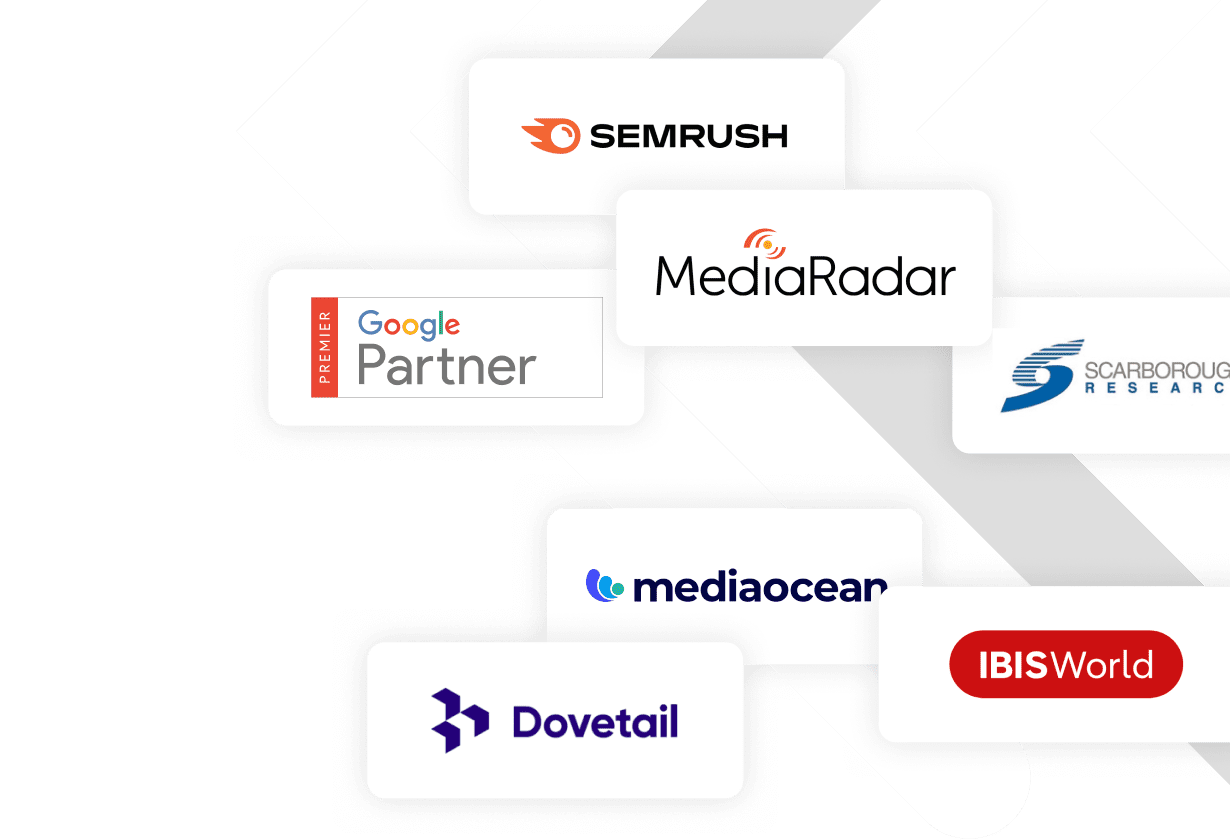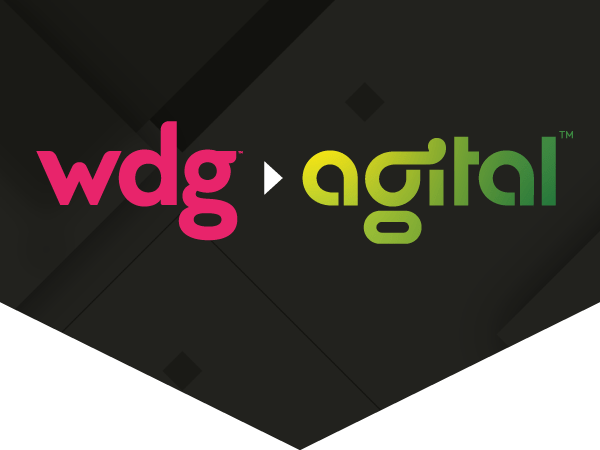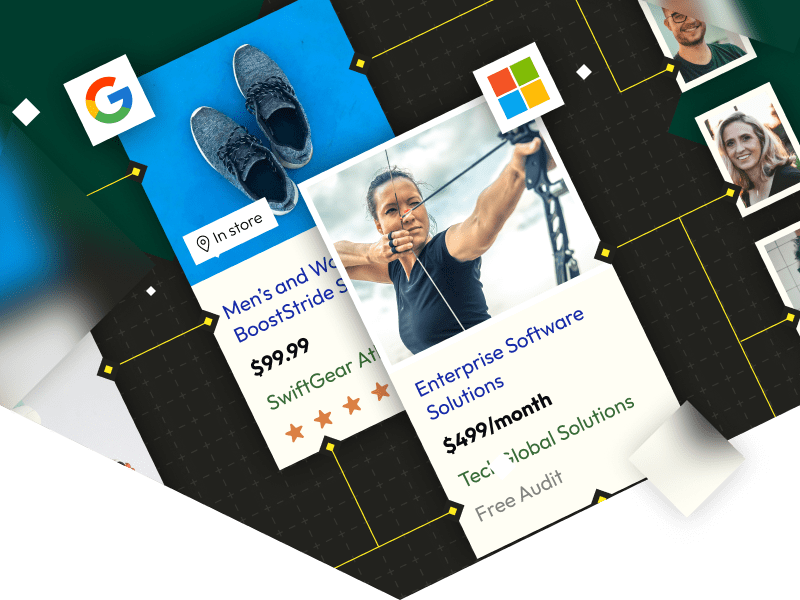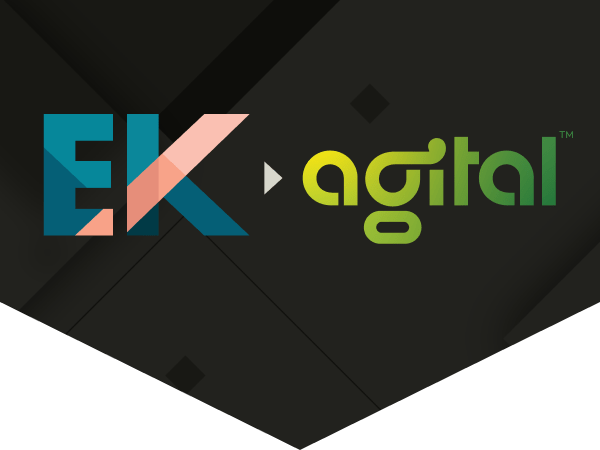
Go ahead and ride the wave.
Game changing tools for growth
For every marketing channel you have, our tools deliver insights and custom recommendations to help optimize your strategy and hit your targets.


Investigate the effectiveness of specialized AI agents in performing the full scope of a creative strategist’s role, from strategic formulation to creative generation, along with the potential risks.

One year ago, WDG officially joined the Agital family! This anniversary is an opportunity to reflect on the outstanding progress we’ve made.

What is a “tagline” and how does it differ from a slogan, headline, or catchphrase? Let’s explore the difference to align marketing efforts.

In an era of increasing regulatory scrutiny, our proprietary data compliance checklist tool is your organization’s first line of defense against costly fines and reputational damage. This tool simplifies the complexities of data protection laws by offering a structured framework to identify, monitor, and address compliance gaps.

Our paid search guide explores key differences between Google Ads & Microsoft Ads. Maximize paid search across platforms to grow your brand.

Discover how functional marketing balances your short-term performance with your long-term business goals. Get your guide now.

Agital promotes Sheila McAneney to Division President, with over 20 years of ecommerce marketing experience and high performance leadership.

Agital joins Microsoft, Meta, Under Armour, and many other household-name brands that gained early national exposure on the Inc. 5000.

The full integration of EK Creative into Agital enhances our capabilities in social commerce, live selling, & affiliate marketing.
CONTACT US
Give us your digits and someone from our team will reach out!